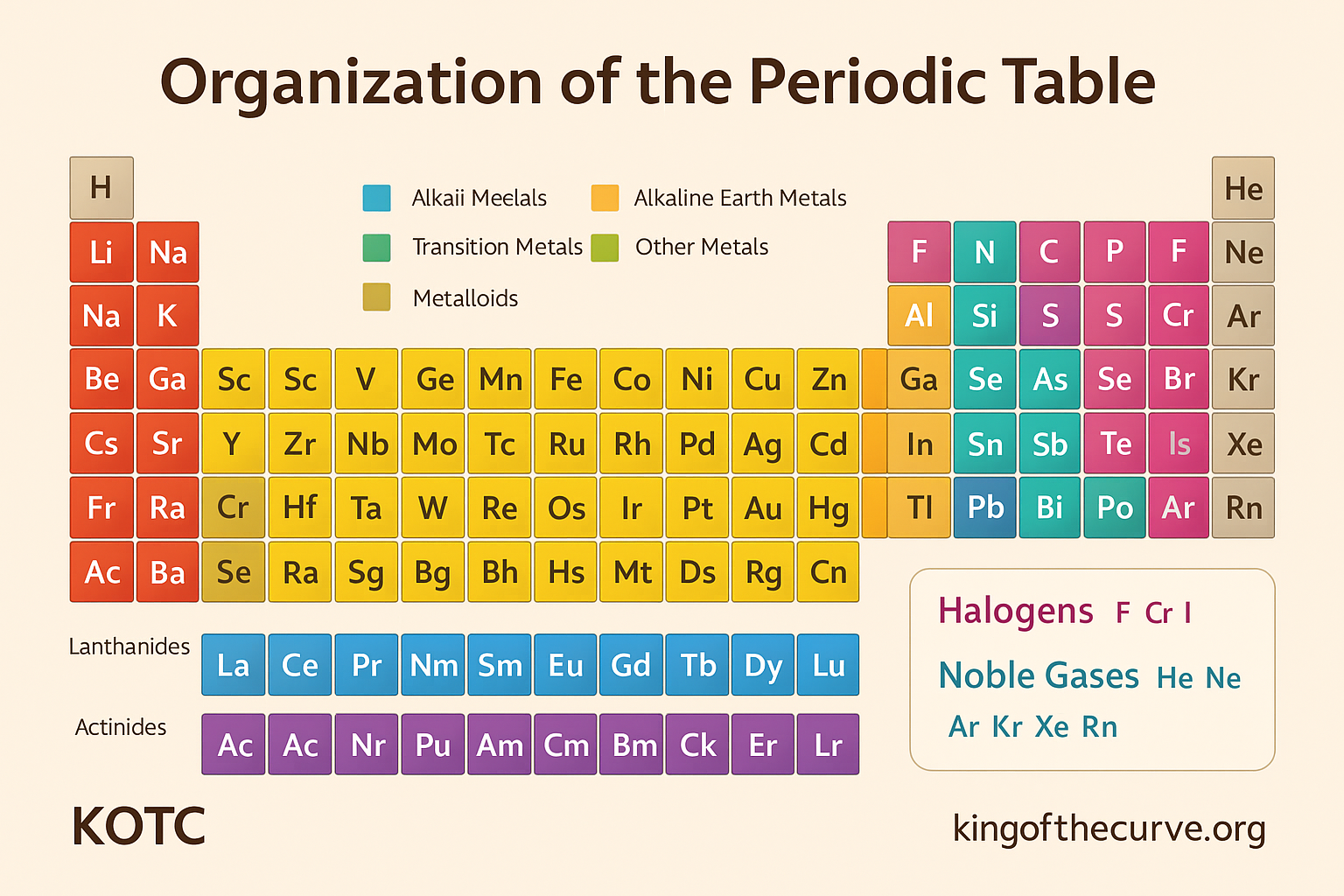
⚛️ Redox Reactions — Oxidation, Reduction & Electrochemistry
Master oxidation and reduction for the DAT. Learn how to assign oxidation numbers, balance redox reactions, and understand galvanic and electrolytic cells.

🧪 Mastering Buffers – Your Shield Against pH Changes
Understand how buffer solutions resist pH changes on the DAT. Learn how to apply the Henderson-Hasselbalch equation and recognize acidic and basic buffers.

🧪 DAT Daily Blog: Colligative Properties Explained — DAT Chemistry Essentials
Understand how colligative properties affect solution behavior. Learn how to solve DAT questions on boiling point elevation, freezing point depression, vapor pressure, and osmotic pressure.

🔥 DAT Thermodynamics Simplified: ΔH, ΔS, and ΔG Explained
Learn how to predict spontaneity using Gibbs free energy (ΔG), enthalpy (ΔH), and entropy (ΔS). Ideal for DAT Chemistry prep. Includes visuals, formulas, and test strategies.

⚡ DAT Redox Reactions Explained: Oxidation, Reduction & Half-Reactions
Master redox reactions for the DAT: Learn how to assign oxidation numbers, write half-reactions, and use redox rules to answer tricky DAT chemistry questions.

💧 DAT Solubility Rules & Precipitation Reactions: What Dissolves and What Doesn’t
Master solubility rules and precipitation reactions for the DAT. Includes a solubility chart, example problems, and ionic equation tips.

🧪 Strong vs. Weak Acids and Bases: Mastering pH for the DAT
DAT chemistry review on acids, bases, and pH. Learn to distinguish strong vs. weak acids/bases, calculate pH, and avoid common test traps.

🧪 Master Periodic Trends for the DAT: Ionization Energy, Atomic Radius, Electronegativity
Understand how periodic trends affect ionization energy, atomic radius, and electronegativity—essential for DAT general chemistry. Visual breakdowns and DAT tips inside.

⚖️ Le Chatelier’s Principle Explained: DAT Chemistry Equilibrium Strategy
Master Le Chatelier’s Principle for the DAT. Learn how systems shift at equilibrium, with visuals, tips, and real DAT-style scenarios for chemistry success.

🧪 Mastering pKa and Ka for the DAT: Acid-Base Chemistry Simplified
Confused about Ka and pKa? Learn how to interpret and apply these acid-base constants for DAT success. Includes visuals, tips, and KOTC exam strategies.

🔥 Enthalpy – ΔH, Bond Energies & Reaction Heat Flow
Master enthalpy (ΔH) for the DAT—understand bond enthalpies, heat of formation, and how to tell if reactions are exothermic or endothermic.

⚖️ Gibbs Free Energy – ΔG, Spontaneity & Equilibrium
Learn how to interpret Gibbs Free Energy (ΔG) for the DAT—understand spontaneity, temperature effects, and ΔG vs Keq relationships.
